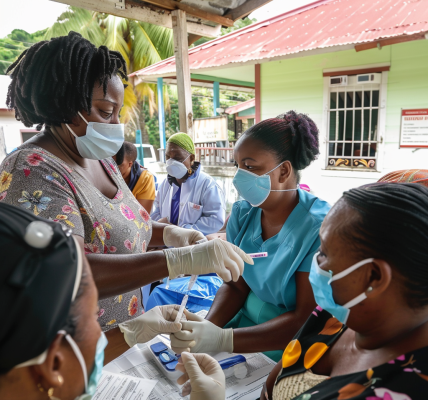Research Insights on Bronchopulmonary Dysplasia in Preterm Infants
Recent findings from a study conducted by the Royal Women’s Hospital in Australia have raised important questions about the effectiveness of administering a combination of budesonide, a corticosteroid, and surfactant for extremely preterm infants. The research, which was published in JAMA, indicates that this treatment may not significantly improve survival rates free from bronchopulmonary dysplasia (BPD), a serious respiratory condition common in preterm infants.
BPD is a chronic lung disease that primarily affects infants born prematurely, particularly those born before 28 weeks of gestation. It arises from a combination of factors, including inadequate blood flow and gas exchange during the crucial early stages of lung development. The condition is often exacerbated by interventions aimed at treating respiratory distress syndrome (RDS), which is prevalent among extremely preterm infants.
RDS occurs when the lungs are not mature enough to produce adequate surfactant, a substance that helps keep the air sacs in the lungs open. This condition can lead to breathing difficulties, requiring interventions such as mechanical ventilation or surfactant replacement therapy. However, these necessary treatments can inadvertently cause lung injury and inflammation, contributing to the development of BPD.
The study, titled Intratracheal Budesonide Mixed With Surfactant for Extremely Preterm Infants: The PLUSS Randomized Clinical Trial, involved a rigorous double-masked randomized clinical trial across 21 neonatal units in Australia, New Zealand, Canada, and Singapore. A total of 1,059 infants participated, all born at less than 28 weeks gestation and less than 48 hours old. The infants were either mechanically ventilated or receiving noninvasive respiratory support, with a clinical decision made to administer surfactant.
In the trial, participants were randomly assigned to receive either budesonide mixed with surfactant or surfactant alone, with the treatment delivered via an endotracheal tube or thin catheter. The primary outcome measured was survival without BPD at the expected 36-week postmenstrual age.
The results of the study revealed that 25.6% of infants receiving the budesonide and surfactant combination survived without developing BPD, compared to 22.6% in the surfactant-only group. The adjusted risk difference of 2.7%, with a 95% confidence interval ranging from –2.1% to 7.4%, indicated that while there was a slight increase in survival free from BPD in the budesonide group, the confidence interval included zero, suggesting that the difference may not be clinically significant.
These findings highlight the complexities of treating extremely preterm infants and the ongoing challenges in preventing BPD. As researchers continue to explore effective interventions, the results of the PLUSS trial underscore the need for further studies to understand the best approaches for managing respiratory complications in this vulnerable population.
The editorial accompanying the study by Erik Jensen emphasizes the importance of continuing research in this area to refine treatment protocols and improve outcomes for preterm infants. As neonatal care evolves, it is critical to assess the efficacy of existing treatments and explore new avenues for enhancing respiratory health in the earliest stages of life.
With the incidence of BPD remaining a significant concern in neonatal care, the medical community is urged to consider these findings carefully. The quest for effective treatment strategies for preterm infants is ongoing, and collaborative efforts across various research institutions will be essential in addressing this pressing health issue.





